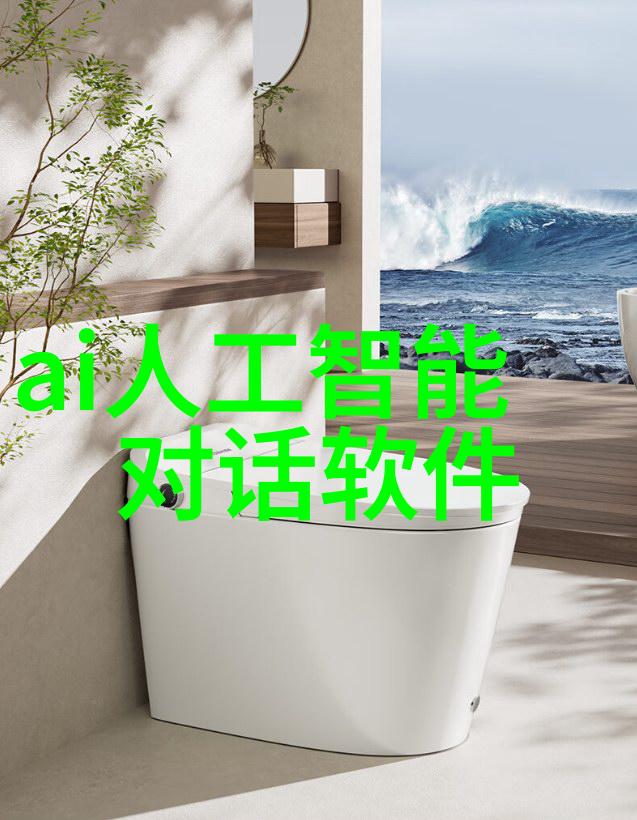制热与辅热相比更适合我这个秋天
在秋天的季节,人们对于供暖方式的选择往往比较多样化,有些人可能会选择传统的制热方式,而另一些人则倾向于使用辅助加温。那么,辅热和制热一样吗?这个问题在很多家庭中都引起了广泛讨论。

首先,我们需要了解什么是制热和辅助加温。制热通常指的是通过中央空调系统或电力供暖系统将室内温度提高到一个舒适水平。而辅助加温,则是指通过其他方式,如太阳能、地暖等,将室内温度提高。在不同的气候条件下,两者的应用场景是不尽相同的。
autumn, the question of whether to use heating or auxiliary heating becomes increasingly important. Some people prefer traditional heating methods, while others opt for supplementary warming techniques. The debate about whether auxiliary heating is the same as central heating has sparked a heated discussion in many households.

To begin with, let's define what we mean by central heating and supplementary warming. Central heating typically refers to using a centralized air conditioning system or electric heat supply system to raise the indoor temperature to a comfortable level. On the other hand, supplementary warming involves increasing indoor temperatures through alternative means such as solar power or underfloor heating. The suitability of these two methods varies greatly depending on the climate conditions.
In colder climates where winters are harsh and long, central heating is often preferred as it provides consistent warmth throughout the house without any gaps in coverage. However, this method can be expensive and may not be energy-efficient if not properly maintained.

On the other hand, supplementary warming techniques like solar power and underfloor heating have gained popularity in recent years due to their energy efficiency and cost-effectiveness. Solar power harnesses renewable energy from sunlight to generate heat during daylight hours while underfloor radiant systems warm up spaces through pipes embedded beneath flooring materials.
So when should you choose one over the other? In general terms, if you live in an area with cold winters that last several months each year (like parts of Canada), then central cooling would likely make more sense because it ensures consistent warmth throughout your home all winter long at least once per 24-hour period every day - even though there might still be some variation between days depending on how much time passes since last turning off both types!



